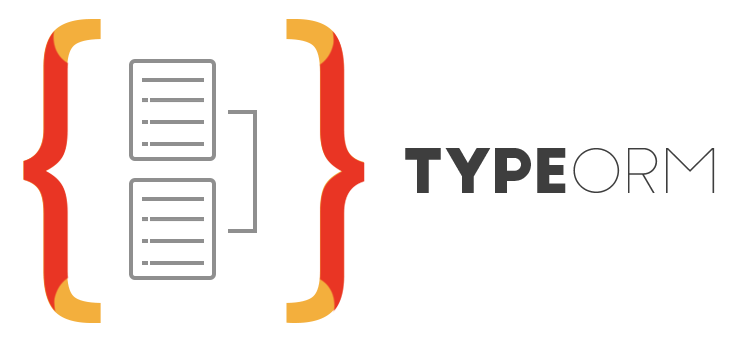We are happy to present the bonuses page for the applications submitted to the InterSystems .Net, Java, Python, and JavaScript Contest!
See the results below.

| Project |
XEP |
Native SDK |
PEX |
Java Persister |
ADONET & .NET Entity Framework |
Docker |
Online Demo |
Community Idea Implementation |
Find a bug |
First Article on DC |
Second Article on DC |
First Time Contribution |
Video on YouTube |
Total Bonus |
| Nominal | 2 | 2 | 3 | 2 | 2 | 2 | 2 | 4 | 2 | 2 | 1 | 3 | 3 | 30 |
| Snapshot of free disk space | 2 | 2 | 4 | 2 | 1 | 3 | 14 | |||||||
| SentinelIris | 2 | 2 | 4 | |||||||||||
| FHIR Data Explorer with Hybrid Search and AI Summaries | 2 | 2 | 2 | 1 | 3 | 3 | 13 | |||||||
| golang-fiber-iris-realworld-example-app | 2 | 2 | 2 | 1 | 7 | |||||||||
| python-iris-audio-query | 2 | 3 | 2 | 2 | 1 | 3 | 3 | 16 | ||||||
| yaml-adaptor | 2 | 3 | 2 | 4 | 2 | 2 | 1 | 3 | 19 | |||||
| irisconns | 4 | 2 | 2 | 8 | ||||||||||
| IRIStool and Data Manager | 2 | 2 | 2 | 1 | 3 | 6 | 16 | |||||||
| quarkus-iris-monitor-system | 2 | 2 | 2 | 1 | 3 | 10 | ||||||||
| gj :: configExplorer | 2 | 2 | 2 | 2 | 1 | 3 | 12 | |||||||
| sanitary-surveillance | 2 | 2 | 3 | 7 |
Please apply with your comments for new implementations and corrections to be made here in the comments or in Discord.


.png)